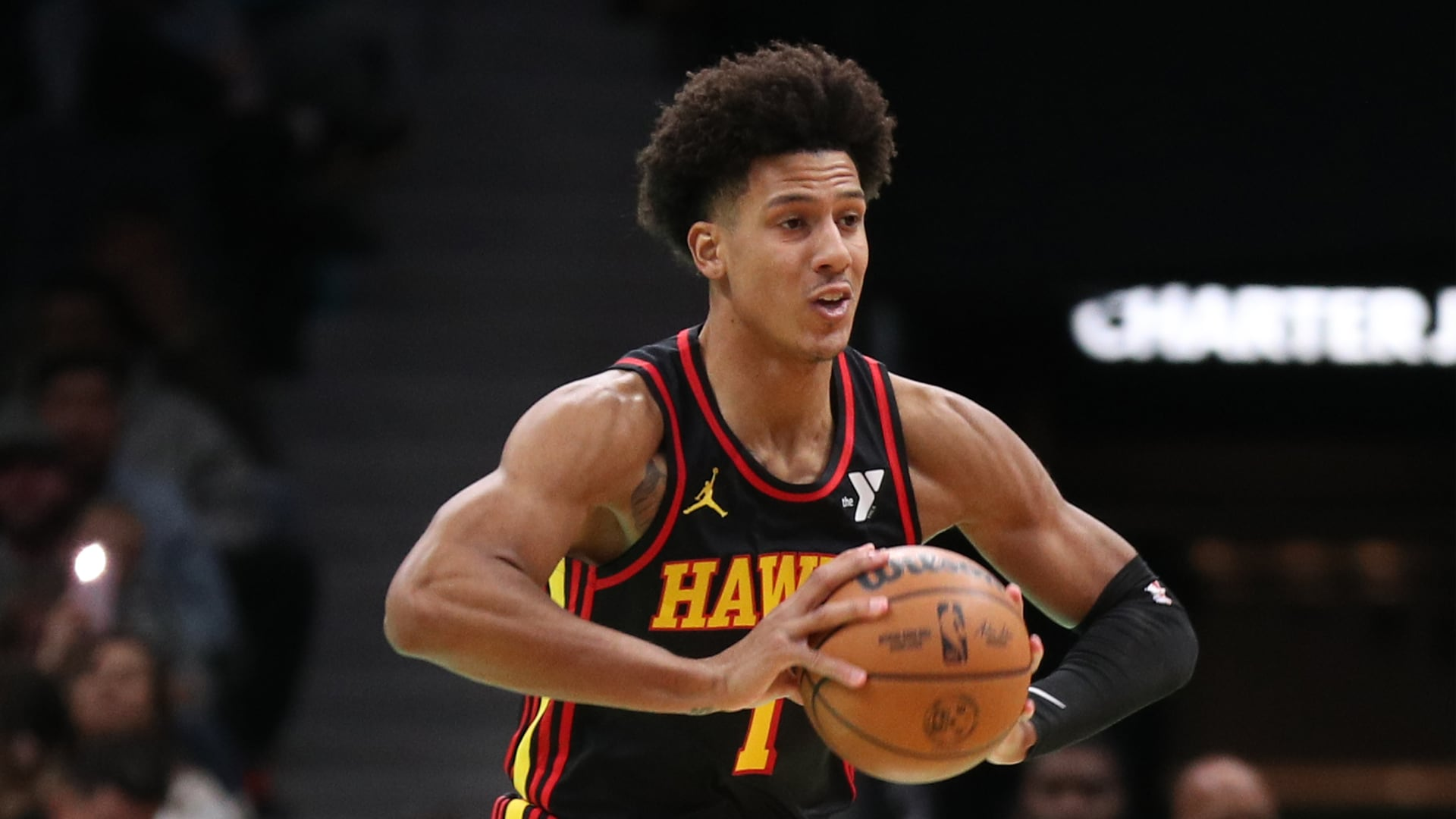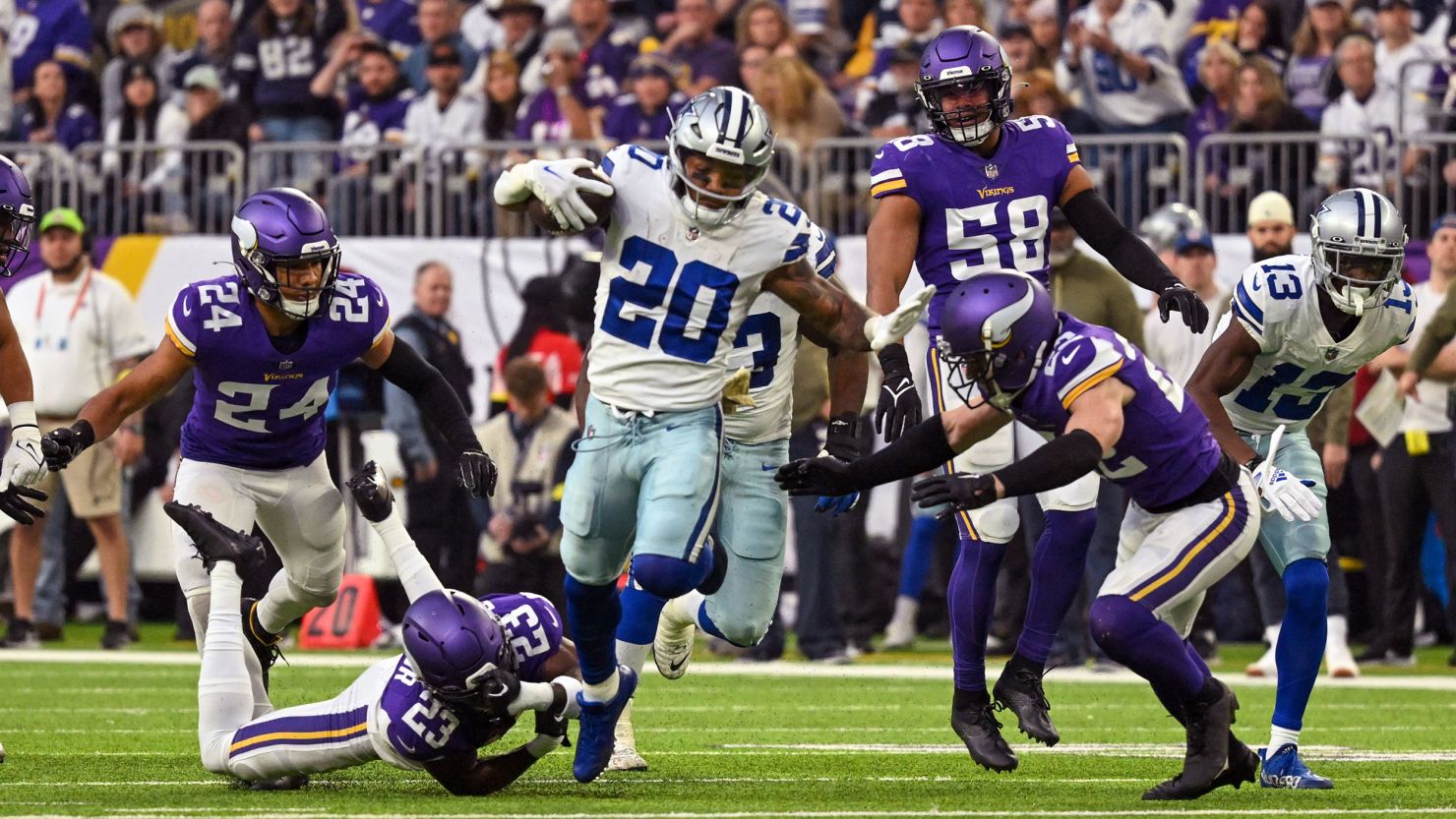In a remarkable season of AFL, where anybody can beat anybody on any given day, we possibly had the most astonishing round of football yet. Why you ask? Because in a season of upsets and top teams losing to bottom teams, there had been one fairly constant feature … home success.
Before last week, home teams playing interstate teams were winning 63% of the time. That statistic did not include teams that sold home games interstate or overseas, or when the opposition was from the same state. It did not take into account ladder position, form or previous playing conditions. It was simply all about a genuine home ground advantage.
From Rounds 1-12, the ratio was more lopsided with home teams winning two-thirds of the time. We saw plenty of home wins from GWS, Adelaide, West Coast, Geelong and the Western Bulldogs. These wins were not just against any opposition either, there were some Top 4 clashes that saw the home team prevail. There were also solid home performances from lesser clubs, like Gold Coast and Carlton, who defeated both Sydney sides in Melbourne.
The momentum of home success started changing in Round 13 when two interstate sides defeated two home sides (Sydney beat Richmond and Carlton beat Gold Coast). The shift was not overly dramatic and went largely unnoticed because two home teams still tasted success (West Coast beat Geelong and Port Adelaide beat Brisbane).
Round 14 went one step further as the interstate teams won more than they lost. Hawthorn beat the top-of-the-ladder Crows, Port Adelaide won in Melbourne, GWS was successful in Brisbane and Melbourne took home the four points in Perth. It could have been more dominate if Essendon and Fremantle didn’t give up their healthy interstate leads against Sydney and Geelong. Sydney’s 1-point victory and Geelong’s 2-point win was only matched by St Kilda’s home victory over Gold Coast.
The home ground success officially came crashing down last round. Of the nine matches, eight home teams were pitted against eight interstate teams. The only neutral venue was the MCG, which hosted Hawthorn and Collingwood.
It started on Friday night when Sydney defeated Melbourne at the MCG. Admittedly, Melbourne was missing important players and they lost Jack Viney after half-time, but if it wasn’t for some inaccurate goalkicking, the match would have been over earlier.
Next up was the Western Bulldogs against the West Coast Eagles. The Dogs had won 9 of their last 10 on their favoured home deck, while the Eagles poor away record had been well published. The Eagles were the better side and ended up winning by 7 points. Adelaide followed the Eagle’s Melbourne win by defeating Carlton just down the road at the MCG.
The Saturday twilight match saw Gold Coast record the only home win against an interstate rival, when they beat North Melbourne in Gary Ablett’s 300th game. Next was Saturday night and that didn’t go according to the script either. Richmond upset the fancied Port Adelaide in front of nearly 40,000 South Australians, while the draw between GWS and an undermanned Geelong rounded off the day of home pain.
Everyone expected normal service to resume the next day when Essendon faced off against last placed Brisbane. It looked even more likely when the Bombers led by 27 points during the last quarter, however, a determined and youthful Brisbane outfit kept fighting and in the end, ran over the more experienced Bombers. St Kilda’s tough road victory against Fremantle ended a round of road wins. The final ledger was one home win, six interstate victories and a dramatic draw.
Not that long ago the home crowd was meant to act as an extra player and lift the home side. The umpires were meant to be swayed by local vocal fans and sleeping in your own bed and sticking to routine was meant to give you an advantage. You have to wonder, was Round 15 an anomaly or did it unveil a new ‘away’ pattern?
For the latest AFL betting odds, click here.
Words: Rhys Thurston @rhyst03











